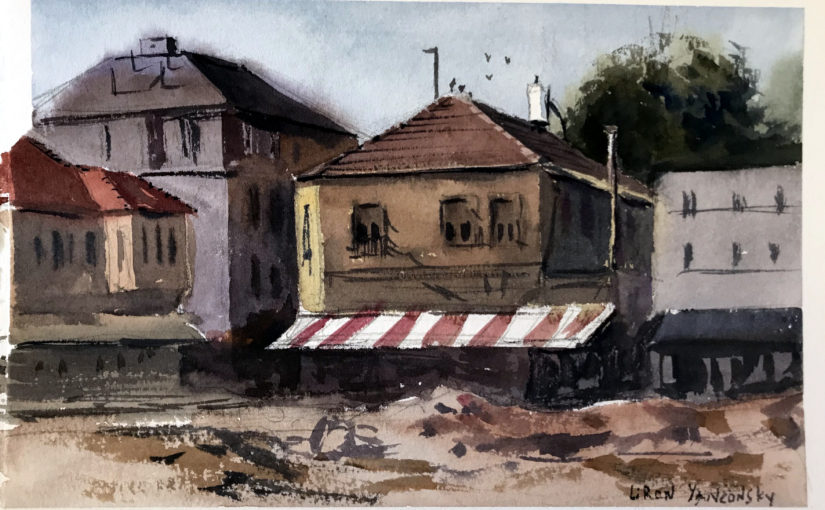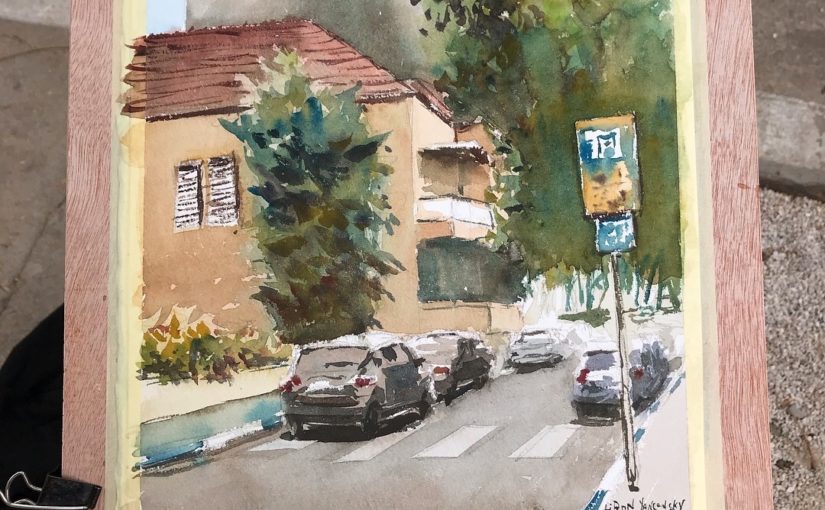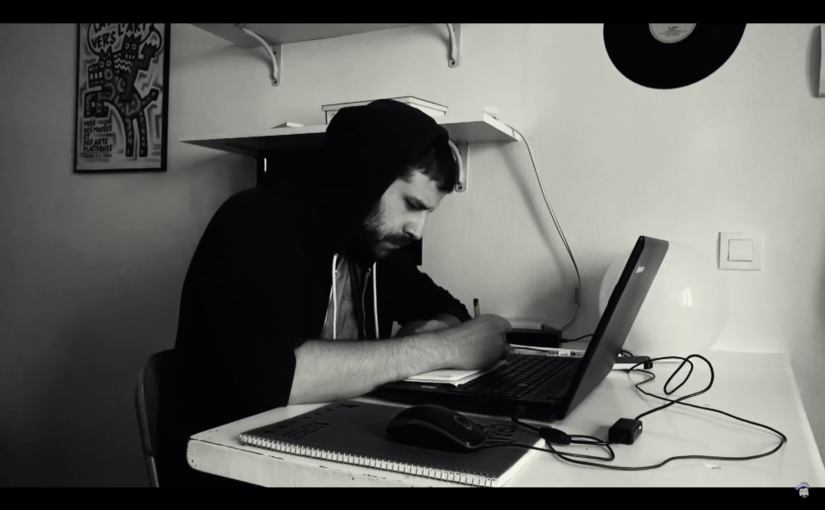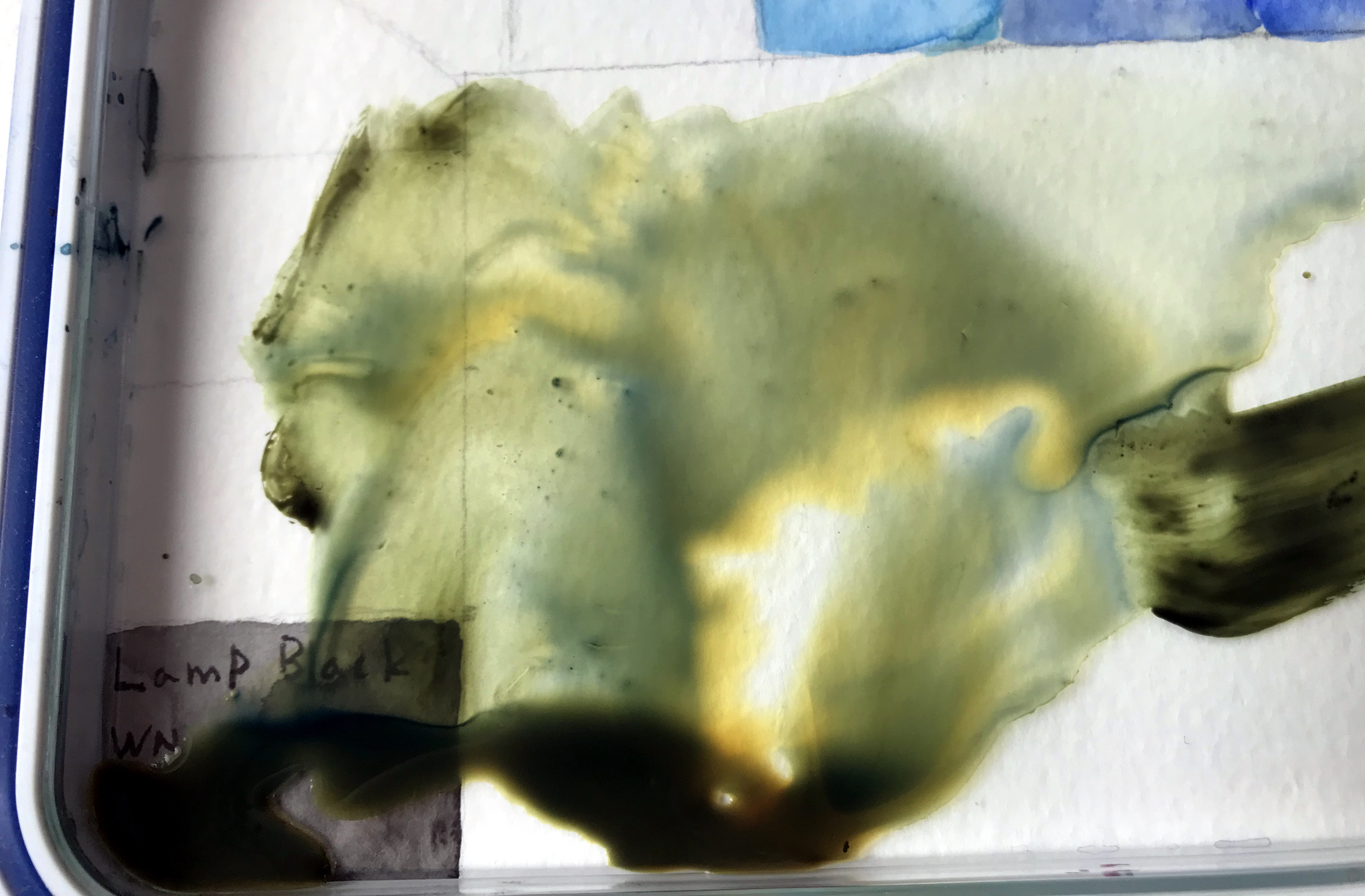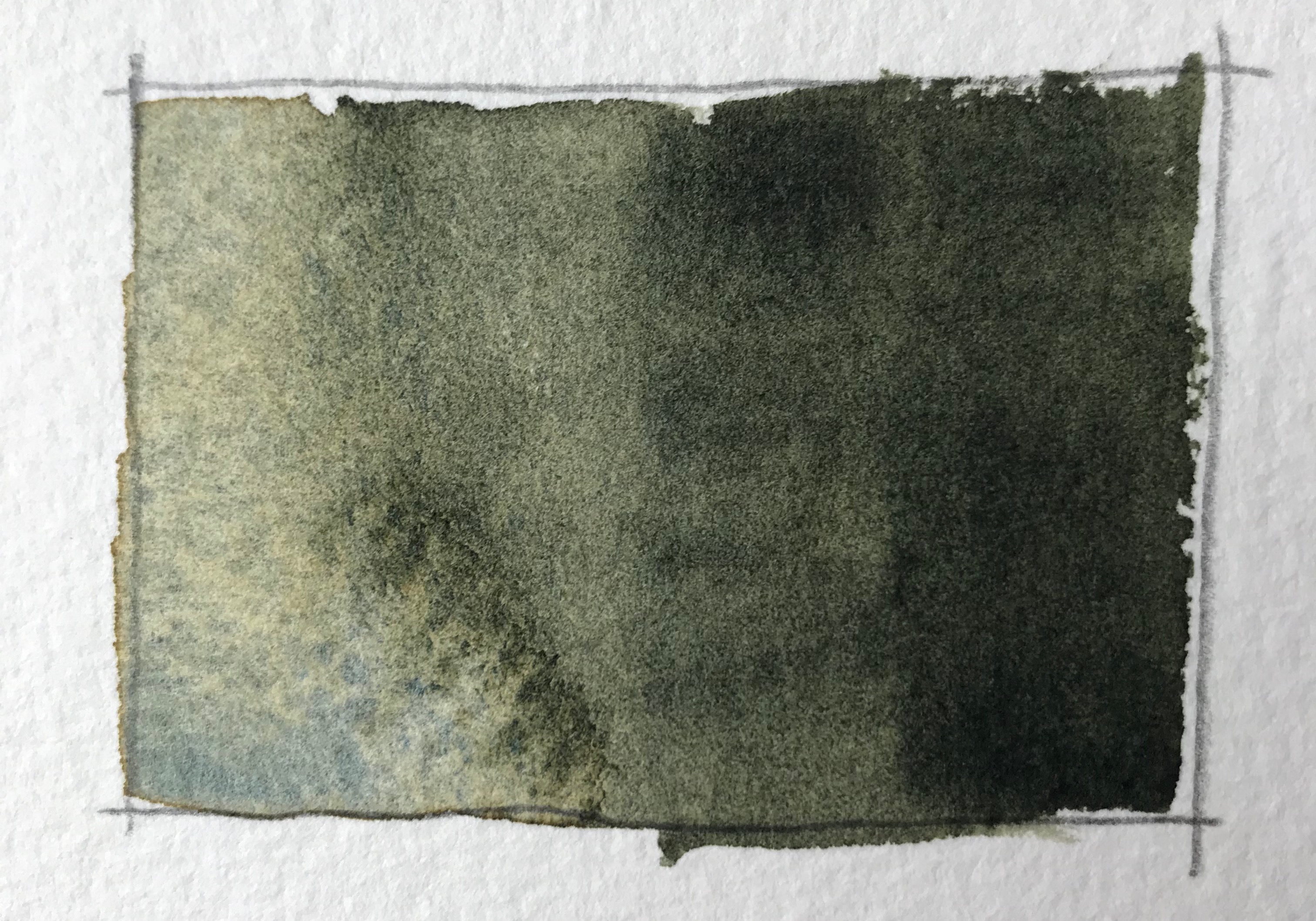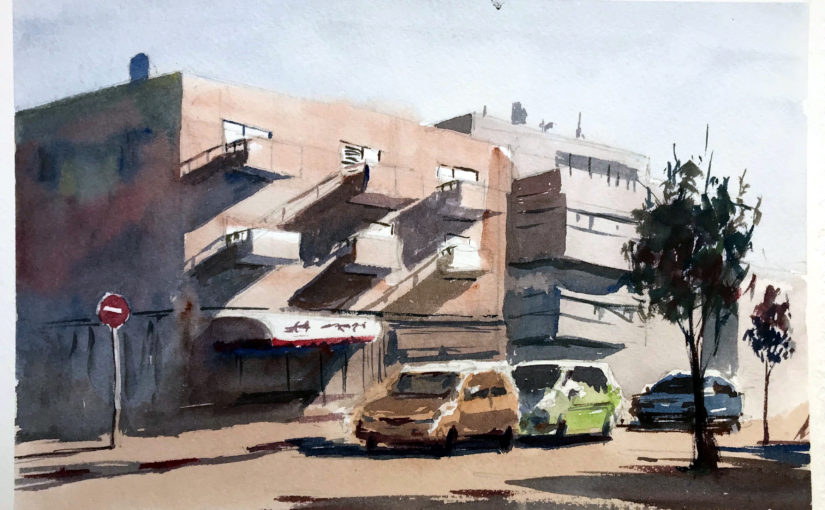Podcast: Play in new window | Download
In this episode we’ll talk about immersion, and being immersed while you are creating. We will see how this can actually help you make better art!
I got this idea while working out…
So a few weeks ago I was working out, and I noticed I wasn’t really into it.
I noticed my thoughts go somewhere else, and I’m not really focused on the exercise I was doing.
And then I suddenly though – why?
I mean, this is so stupid! I already scheduled the workout session, and I’m already working out.
So why am I so unfocused?
Painting and art making is the same
From there, it was an inevitable connection.
I immediately realized this was also (occasionally) happening to me with painting.
I would sometimes feel unfocused. Like i just want to get it done. Kind of like washing the dishes or brushing your teeth.
And the difference in results shows.
Working while in that headspace leads (at least for me) to mediocre art.
Why do we loose immersion?
I think this can happen for multiple reasons.
For me, this mainly happened as I was detached from the overarching goal. I wasn’t seeing how what I’m doing RIGHT NOW, helps me attain my goals.
This is lack of clarity, and from my experience it isn’t ideal.
So I worked on building up my clarity, writing and figuring out the exact connection between what I’m doing and the end result.
And lo and behold, it worked!
(how I built my clarity is a topic for a future podcast, but brainstorming, writing, asking the right questions and visualizing were a major part of it)
As soon as my clarity increased, I was able to understand why a single rep of a single set of a weight lifting exercise – produces strong ripples into my future.
I was also able to understand how with every brush stroke I improve a certain technique.
Artist Corner
In this episode we talked about Eudes Correia, a Portuguese watercolor artist and instructor.
His work consists of people and figures for the most part. He has an incredible sense of light, shadow and movement.
You can check out his website here: Eudes Correia
And his Instagram account @Eudes_Watercolor
Conclusion
And this is it for today’s episode. I hope you enjoyed it!
Here’s where to find me:
Support me on Patreon
Check out my YouTube Channel – Liron Yanconsky
Or ask me questions on Instagram – @LironYanIL or Snapchat – @LironYan3.

